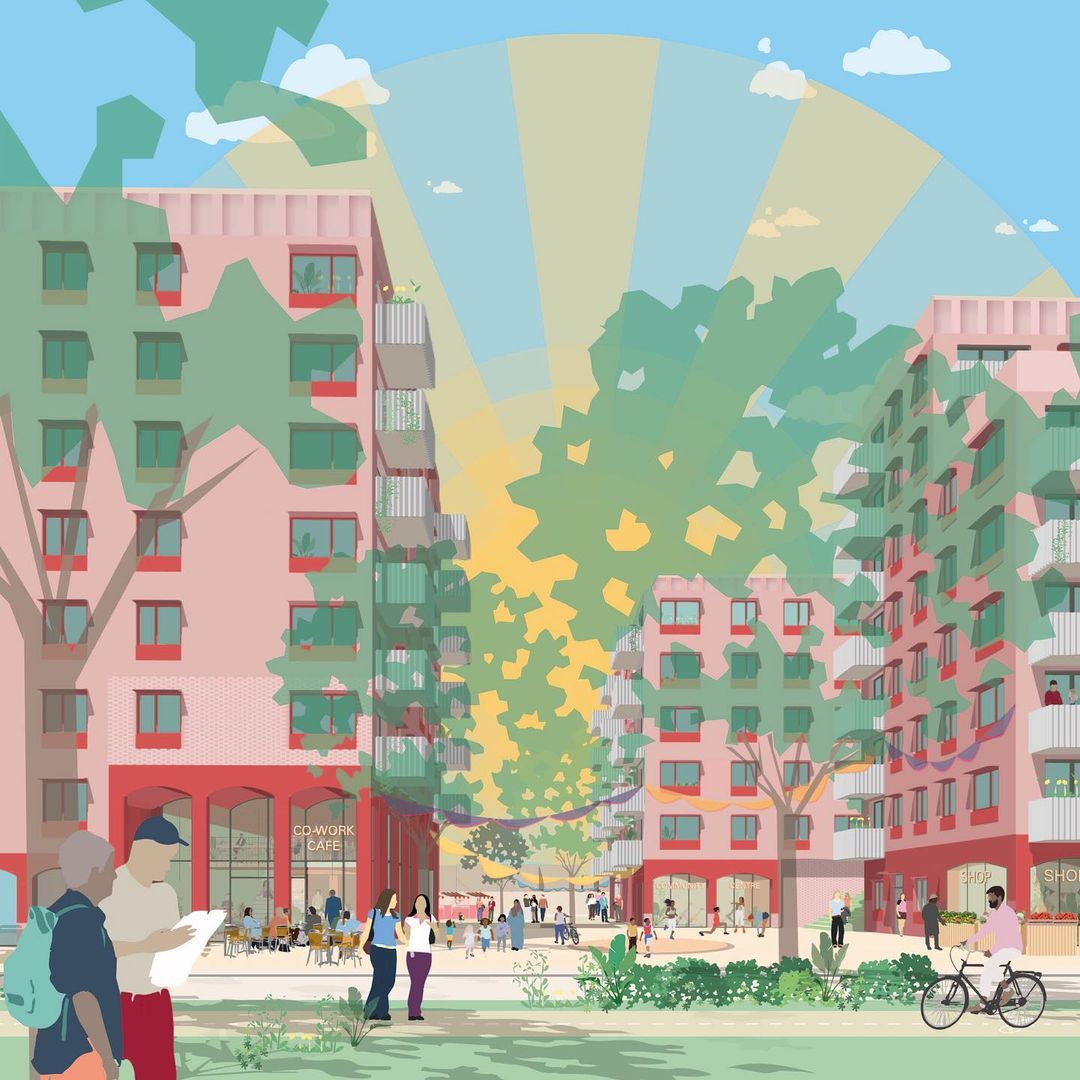Roles of the Government in provision of affordable housing in Uganda
Large and rapid increases in the urban population have caused a crisis in housing in the third world countries.
The struggle to solve the housing problems should not be viewed as exclusive public or private sector responsibility, but rather as product and responsibility of a collaborative partnership of not only the public and private sectors but also that of the people (community) sector.
Affordability is a key to getting housing to low-income groups in cities. Making housing more affordable often means improving people‘s access to additional resources (like loans), so they can afford housing they couldn‘t otherwise pay for.
The role of government is gradually changing from that of the direct provider to that as the enabler of housing via a more appropriate regulatory and financial environment.
It does not imply a reduction in government responsibility in the provision of affordable housing to the low-income group, but rather encourages an integrated approach to the use of financial, institutional, human and physical resources in public, private and the so called third sectors – the community to deliver the demand of housing as a team.
The government of Uganda adopted the “Enabling approach” in 1992 under which it is supposed to shoulder the responsibility of creating an environment in which households, firms, NGOs and community groups (both formal and informal) can operate effectively, and efficiently and thus be in a position to provide decent, affordable shelter as well as promoting social development and improving the quality of life.
Discussed here under are ways governments can or have participated in provision of affordable housing to the urban poor.
Making of Housing policies and laws This is the major and general enabling role the government plays in the context of provision of affordable housing or rather the housing sector at large.
The other role it plays also have conduits and ingredients of several policies (not only housing policies and regulations) which affect housing either directly or indirectly: only housing policies, regulations or laws are handled in this portion, others are pointed out in the subsequent enabling roles the government plays.
International declarations such as;
- the Millennium Development Goals of 2000, Agenda 21 of 1992, the Istanbul Declaration and Habitat Agenda of 1996.
- the Universal Declaration of Human Rights of 1948 recognize the right to housing as an important component of adequate living standards.
The laws and regulations governing housing development in Uganda are scattered under various instruments such as:
- The Building Societies Act Cap 108,
- The Architects Registration Act Cap 269,
- Surveyors Registration Act Cap 275,
- Rent Restriction Act Cap 231,
- The Local Government Act (1997), Cap243,
- The National Environmental Act Cap 153,
- The Public Health Act Cap 281 and Public Health (Building Rules) S.1 281-1,
- Town and Country Planning Act (1964), The Land Act (1998),
- The Mortgage Decree (1975),Cap 229,
- Mortgage Amendment Act (2010),
- The registration of Titles Act (1964), Cap 230,
- The Land Acquisition Act (1965), Cap 226,
- The survey Act Cap 232,
- Condominium Property Act 2001,
- The Cooperatives Act Cap 112, the National Shelter
Strategy (1992).
Housing plays a big role in the national economy of countries. It is therefore mandatory for the Governments to provide an enabling environment for provision of housing, especially by making sure that Housing policies and laws exist.
Existence of housing policies provides guidance and set out goals and objectives for all stakeholders in provision of housing in such a way that the scarce resources such as land, building materials, labour, and finance are used effectively and economically.
Housing Policy Evolution in Uganda
There are three (3) distinct periods over which Uganda National Housing Policy has evolved since 1978. The policies in each period had the broad objective of improving the housing and living conditions of Ugandans.
The policies set out to achieve these objectives through various aspects of institutional strengthening, slum upgrading, and support to various housing construction programmes and projects.
The first period of housing policy from 1978 -1986 was however adversely affected by the political instability and civil strife of that period. Consequently, much of the policies of this period were not able to be effectively implemented.
The second period of housing policy after 1986 saw a more stable and consistent implementation. The goals of housing policy over this period were to provide sufficient residential land and plots in urban areas and to improve access to housing infrastructure and services at affordable standards, including upgrading of slums.
The third and most comprehensive period of these policies began with the 1992 National Shelter Strategy, whose overall objective was to improve housing conditions and ensure adequate shelter for all Ugandans by the year 2000.
The development of the National Shelter Strategy started after the UN General Assembly resolution No. 41/190 of December 1987 on the International Year of Shelter for the Homeless, and was adopted in 1992.
The Government cannot run away from its responsibility of providing housing for its people, particularly the very poor and disadvantaged. Housing is a long term investment requiring large sums of money, but it is at the same time a basic need. Consequently, it requires long term planning, projection of needs and mobilization of resources. Uganda, also like many nations, has always given low priority to housing considering it to be purely a social and bottomless pit of investment.
Major problem
The government of Uganda adopted the Enabling‘ approach‘ in 1992 which was and is supposed to shoulder the responsibility of creating an environment in which households, firms, NGOs and community groups can operate effectively, and efficiently and thus be in a position to provide decent, affordable shelter.
Unfortunately the various stakeholders are not well coordinated, pro-poor housing and land provision policies are ineffective.
The Government looks to have left the housing problem of the urban poor in the hands of the private sector which in most cases provides expensive houses because of profit maximization motives, high taxation on building materials, high mortgage rates and high costs of infrastructure and other services.
Although the responsibility of building houses to low-income groups should be shared among all the players in housing industry, the government should be actively involved in providing either houses or an enabling environment for other players.





